6. Blazing Saddles (1974)
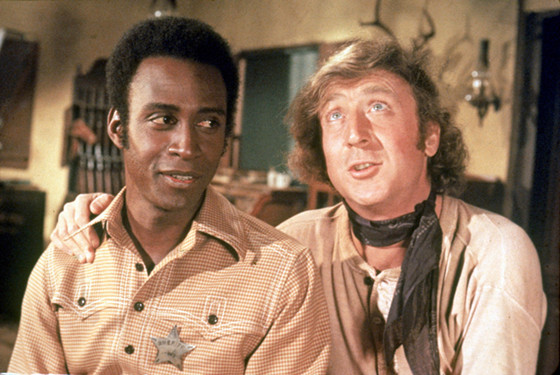
On a completely different scale, when one mentions Mel Brooks, it is hard not to crack a smile. But for serious comedy lovers, one must look into that he wasn’t afraid to push boundaries in forms of his comedy, in which any comedian must be willing to do. He could throw in sexual innuendos or political jabs of satire or just a punch line that was wrong to laugh but still funny. But for this film in ‘Blazing Saddles’ which is filled with one-liners, scenes that are irreverent, it is the final end scene that flips everything in a boom.
What one might think they were watching a comedy Western satire we get thrown into a breaking of the fourth wall where no one could have expected it would go. The characters of the film ride from the wild wild west into a studio staged musical of ‘The French Mistake’ on the Warners Bros back lot to Grauman’s Chinese Theatre in Hollywood. Along the way the dancers and cowboys fight where a total bonkers scene of debauchery and hysteria takes places that all one can do is go with it or against.
Since this film is a comedy and you know that going into it, one cannot refuse to literally go along for the ride. But when looking deeper into the film, you might think why did Mel Brooks go in this direction? Could he not come up with an ending with his four writing collaborators? He wanted to do this all along since it was a satire? Even after repeated views and struggling to find a thread that could lead to the prediction of the final act, this one scene changes your entire outlook on the comedy classic.
7. The Man Who Shot Liberty Valance (1962)
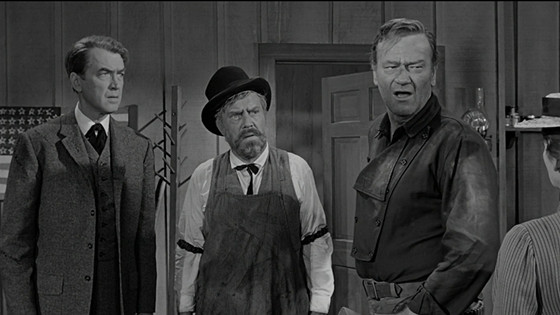
Sticking with the west but in complete one-eighty, one of its master, John Ford’s film ‘The Man Who Shot Liberty Valence’ starts and ends in the same place, on a train. The film is told in flashback by now Senator Stoddard played by James Stewart, who tells the story of an old friend, Tom Doniphon, as he heads to his funeral, played by non other than John Wayne. These two actors have made plenty of classic westerns but together under the direction of Ford, they created a legend of the old Western film that is infused with legend of old gunfighter in the West that the film deals with.
Since the film is told in flashback at the beginning and the end, one can assume the present day version of the characters will gain some insight to what occurred in the past, reflect upon the actions of themselves and others or reveal something the audience doesn’t know.
In this case, all of the above occurs in such great storytelling with every character in every scene is so infused in the world, you know your are watching a Western and film classic. From the beginning, Senator Stoddard is known as the man who shot Liberty Valence, played by Lee Marvin none the less.
However, as the film nears its end, we discover that the straight laced Stewart never shot the man. In fact, it was Wayne’s Doniphon down the dark shadowed town shooting at Valence from the side. It makes the one scene of the beginning and end change your perception on the whole film.
We as the audience believed Stewart was the actual man who shot him and at the end, we realize it wasn’t but he rode his political campaign and entire life on the very fact, only after he denounced it as we saw previously by the honest everyday man Stewart.
Why did Stewart take so long to tell this tale to his wife? Was it the traveling to Doniphon’s funeral that sparked up all the emotion? Probably. The beginning and end show how we have different interpretations on the characters and story after the film but where other film’s with the ‘story told in flashback’ arc, you get a better understanding of why the way things turned out the way they did. But in the case of this film, your are left with powerful imprint of this Western film, maybe it’s best summed up in one of the film’s final lines, “When the legend becomes fact, print the legend”.
8. The Usual Suspects (1995)
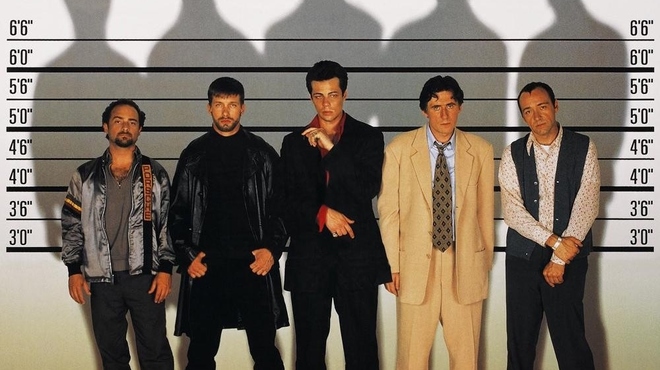
Now at the beginning of this list, all the crazy plot twists were to be avoided. But sometimes when a film invalidates everything that you just witnessed, it goes above the usual twist or turn of a film. This is the kind of film where after it’s over, you want, no need, to watch it again to see if you missed anything or that insane ending actually just happened. In Christopher McQuarrie’s script, you never really know who is who amongst this criminal outfit, if you can even call it that. As many of you can guess, it’s the end montage that completely flips this film inside and out.
Throughout the film, we are given specific evidence, that Kevin Spacey’s Verbal Kint is one of two survivors of a fire in the Port of Los Angeles, Keyser Soze is this mysterious devil like criminal lord, five off tilted criminals got together for a job and a boat load of other information is leading the audience to who knows where. But once Kint is released from questioning, Chazz Palminteri’s Kujan starts to gaze at a bulletin board where he notices almost every major location and person from Kint’s story was pulled from the board and it was all of lie.
Building upon building of voice over and images from the film leading the viewer to never really grasp the ‘wait, is this actually happening and where is it going?’ moment, the film ends with a close up of Spacey repeating the infamous line ‘…and like that, he’s gone’.
Most film viewers remember the line up scene and this end montage because it expresses how despite spending a hour and forty minutes with these characters, we just got played like Palminteri’s character and desperately want to know the truth behind it all, despite the unnerving settlement that we already know but are too flabbergasted to talk about it.
9. Last Tango in Paris (1973)
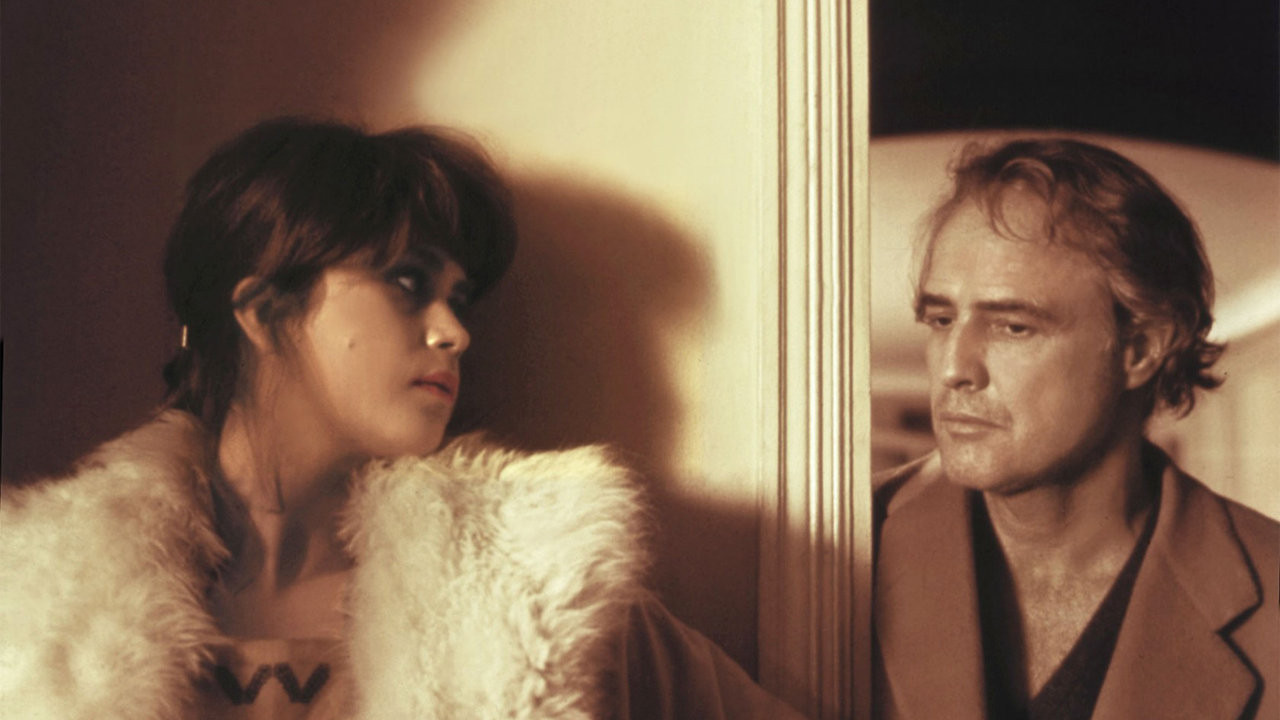
This infamous film leads you down a film drenched in erotic, existentialist turmoil of two lost souls drifting in Paris. Bernardo Bertolucci somehow convinced and directed Marlon Brando to basically portray a semi-version of himself. Therefore, you never truly know where Brando’s Paul is going to say or do or express, in which makes for one of the greatest on screen performances of all time.
What sinks the viewers into Paul’s world is that is quickly sets ground rules with Maria Schneider’s Jeanne about their relationship such as no backstory, no names, nothing from the outside world comes into the apartment where they engage in meaningless, physical and unattached on any emotional level of sex. So it comes to a surprise when Paul catches up to Jeanne and goes against his belief.
Under the famous Post de Bir-Hakeim in Paris, he states everything he has been hiding from her up to this point in the film. He says his name, that he owns a run down hotel, ex-pat, a widower. He becomes so open that everything he was hiding is now in the open, it strips down the secret bond the two have in the film. It is not a question of where the story will go now, leading to the famous tango in the ballroom where Brando acts as childish boy romancing his first conquest.
It is about why this man decided to go against his beliefs and ideologies breaking the very pact he established at the beginning of the film. It clearly allows for the characters and Bertolucci more so to take the story where he wants because the viewer can no longer know, but what a fascinating time and place for this fragmented, broken mess of a man to change his viewpoints on the only relationship he has.
10. Chloe in the Afternoon (1972)
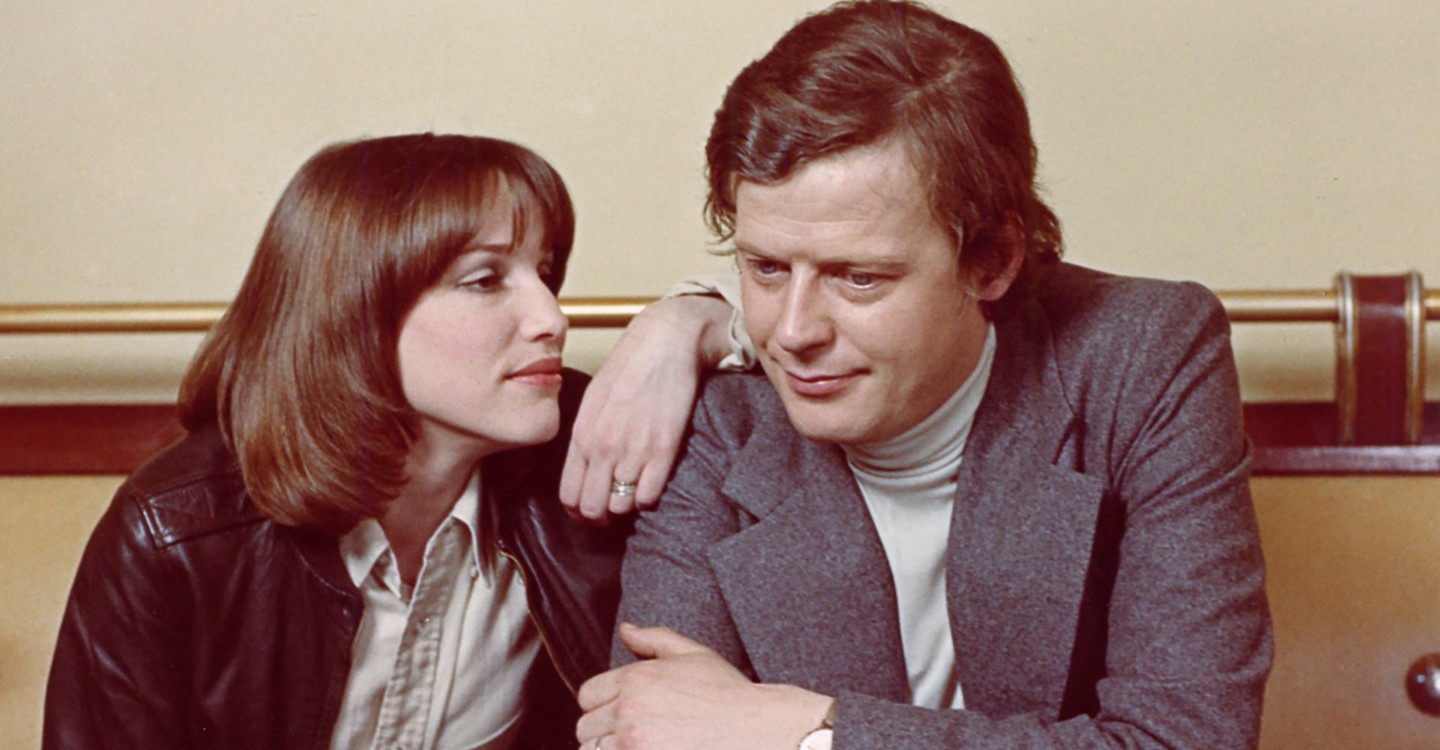
Maybe it’s something of men desiring women in the City of Lights alters this view of relationships, love, and eventual meaning to their life. In the final installment of Eric Rohmer’s ‘Six Moral Tales’, we see Bernard Verley’s Frederic being tempted and wooed by Zouzou’s Chloe.
The film is straight forward in Frederic’s desire for an love affair but his devotion to his pregnant wife, Francoise Verley’s Helene, both were actually married in real life. As the film progress as Frederic’s daily routine of work, house life, and eventually flirtation with Chloe it isn’t until the end of the film, we have to review and question Frederic’s choices all along.
After a series of scenes between the two amongst Frederic being a husband and father while day dreaming while gazing at the women of Paris, he can finally engage in the affair with Chloe. Chloe lies naked on the bed in which due to Nestor Almendros’s frame work could be an actual painting. Frederic flees back to his wife wanting to continue or perhaps start over with their life.
Frederic never actually seized his love in the afternoon but was that what he actually wanted? Did he just want to escape from the mundane ordinariness of married life or prove he still is worth the desire? Was Rohmer just putting the capstone on his moral tales and proving a point?
One can rewatch this film over and over due to the realness and desires of the characters, the breathing mood of early 1970s Paris, and most importantly, why did this everyday man go through such desire and contradictory lovely anguish only to return to the beginning of his deepest desires?